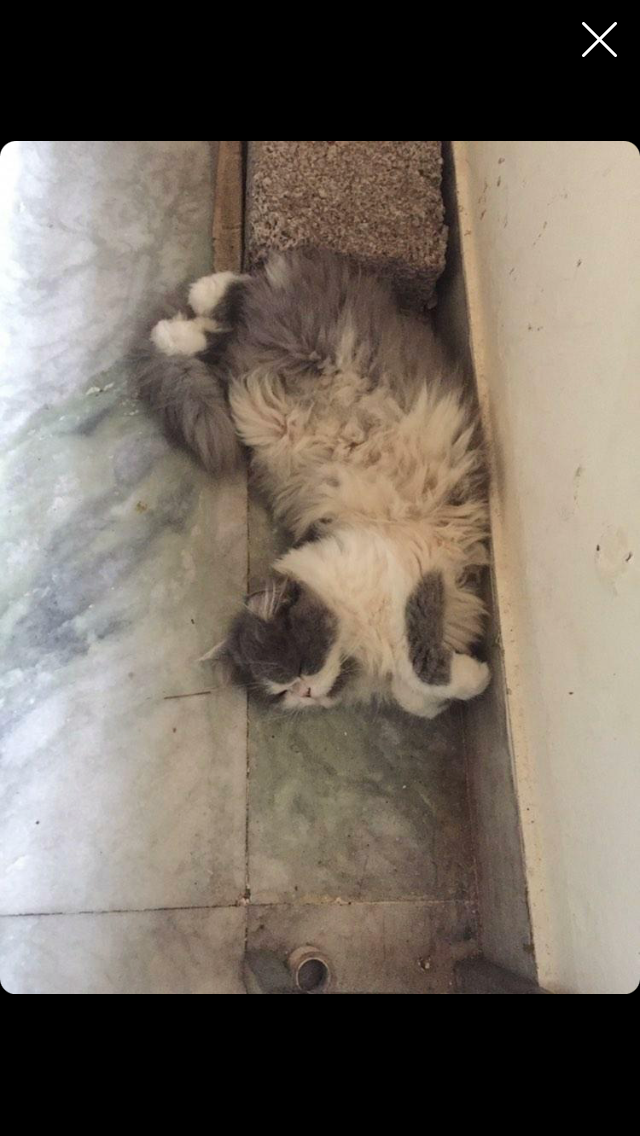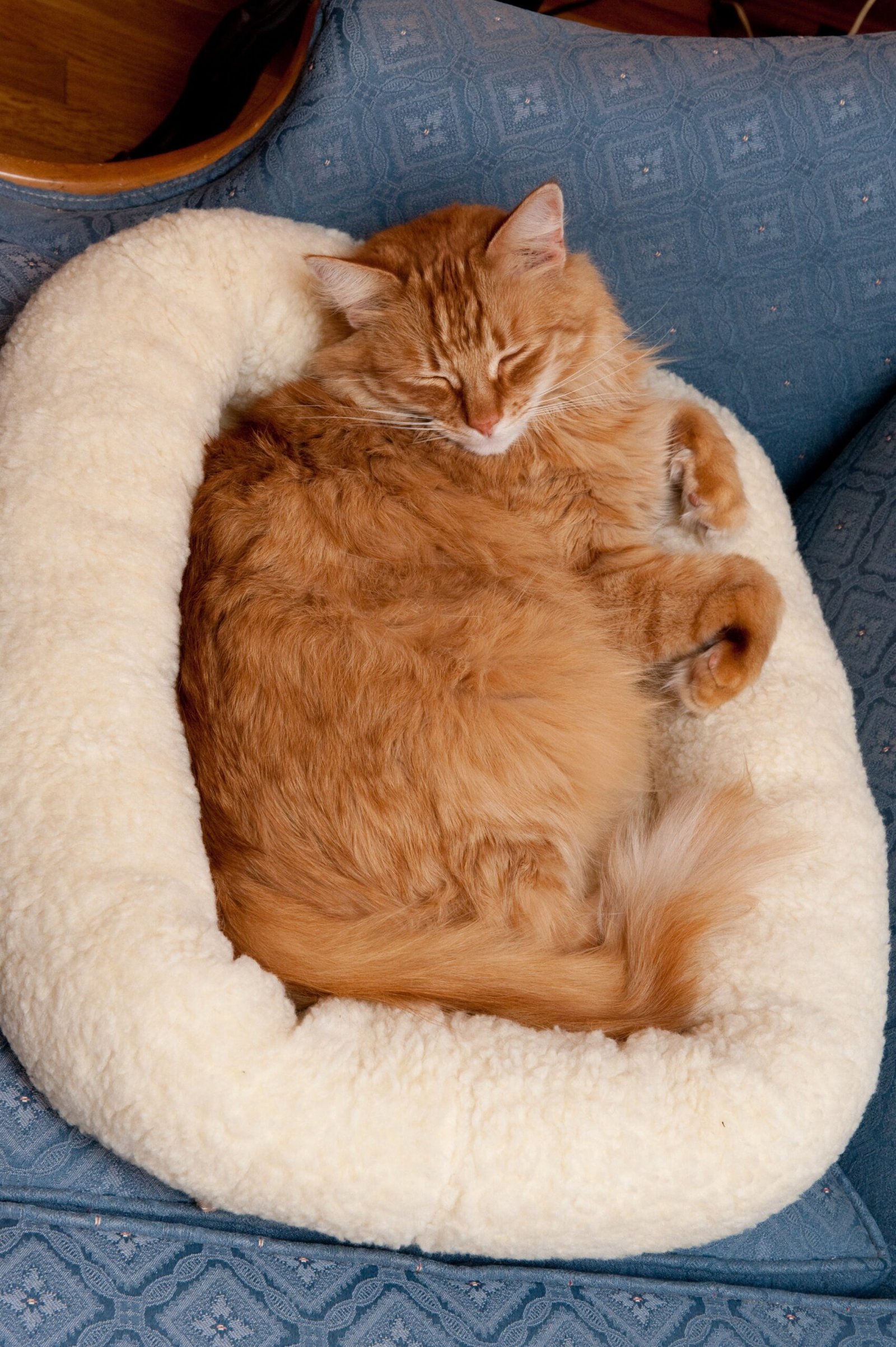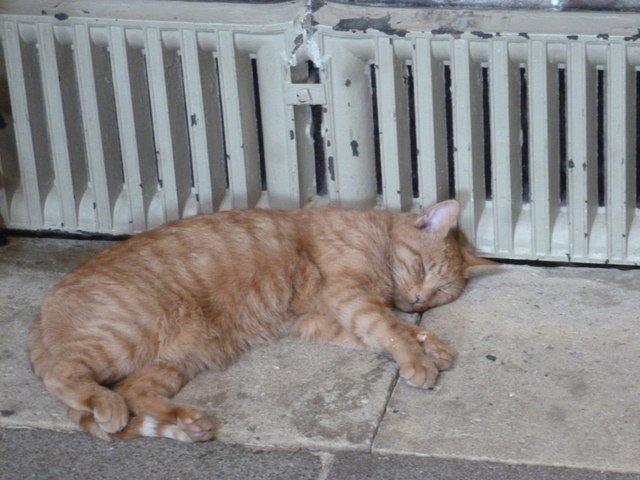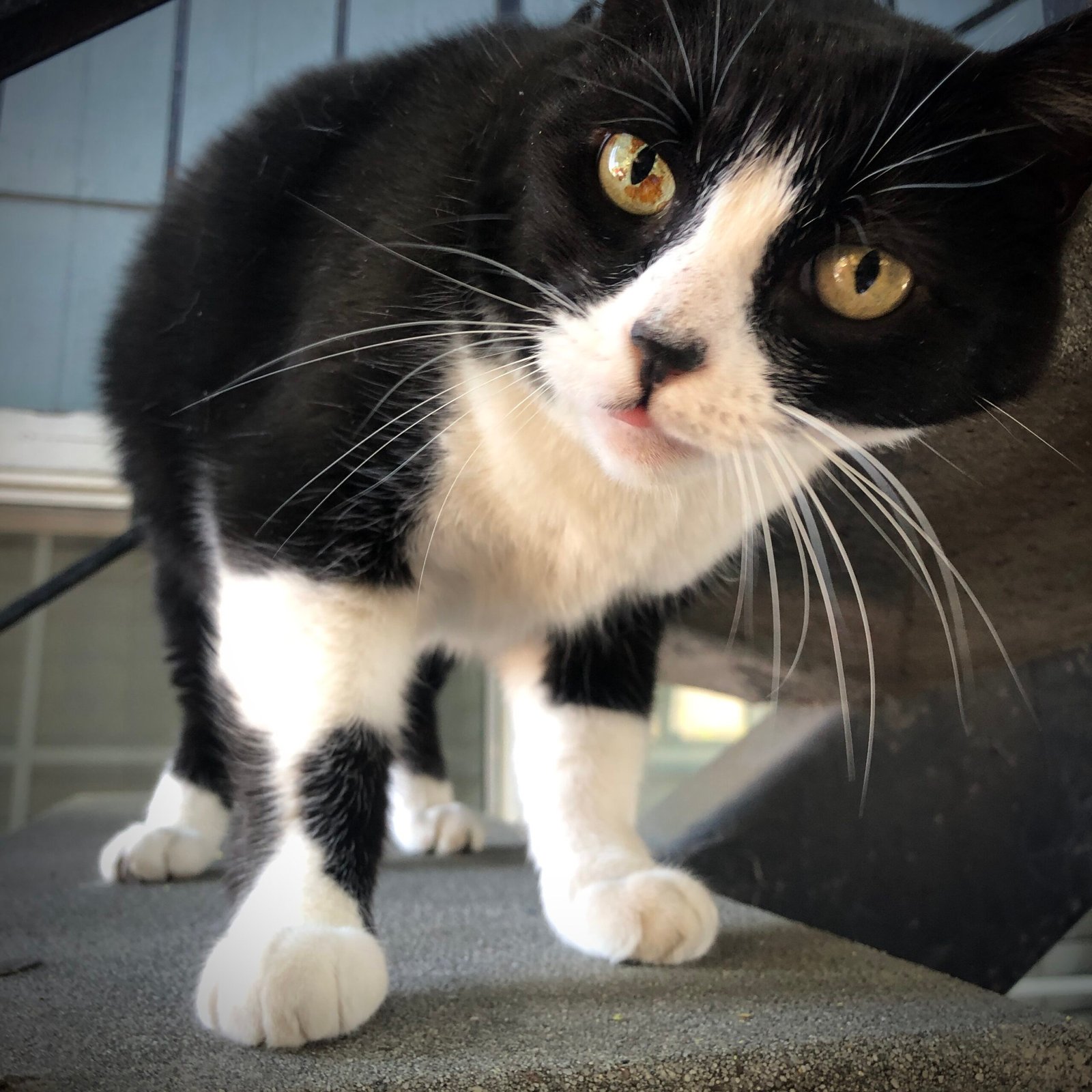Imagine coming home after a stressful day, only to find yourself tensing up even more because your surroundings don’t feel quite right. Now, picture that feeling through the sensitive eyes of your cat—a creature hardwired for caution and comfort. Building a home that feels emotionally safe for cats is more than just providing food and a litter box; it’s about crafting a sanctuary where curiosity can blossom and stress melts away. Our feline friends, with their delicate emotions and deeply ingrained instincts, deserve spaces that nurture their well-being. If you’ve ever wondered why your cat hides for hours or seems distant, the answer might lie in the environment you’ve created. Let’s unlock the secrets to making your home a true haven for your beloved companion.
Understanding the Emotional Needs of Cats

Cats are mysterious creatures, often misunderstood as aloof or independent. Yet, beneath that cool exterior is a heart that craves security, predictability, and affection. Emotional safety for a cat means feeling confident to explore, relax, and express natural behaviors without fear. Unlike dogs, cats are more sensitive to changes in their environment and can become anxious when things feel uncertain. Recognizing that your cat’s emotional well-being is just as crucial as their physical health is the first step in building a truly safe home. Their needs go beyond a full food bowl—they require assurance that their space is reliable and comforting. Emotional safety influences everything from their appetite to their willingness to play and bond. When you tune into your cat’s feelings, you unlock a deeper level of companionship and trust.
Providing Reliable Routines and Predictable Schedules

Cats thrive on routine. Predictability in daily life reassures them that their world is safe and under control. Feed your cat at the same times each day and keep playtime and cuddles consistent. Sudden changes—like a new feeding schedule or rearranged furniture—can confuse and unsettle them. Even minor disruptions can cause a cat to withdraw or act out. When you maintain predictable routines, your cat learns to anticipate good things, which boosts their confidence and emotional stability. Think of it as setting the clockwork of their hearts; the more regular it ticks, the calmer they feel. When unexpected events do occur, a strong routine acts as an anchor, steadying your cat’s nerves and helping them rebound faster.
Designing Safe Hiding Spots

Every cat needs a place to retreat—a small sanctuary where they can observe the world without being seen. Safe hiding spots are like comfort blankets for cats, offering security in times of stress or uncertainty. You can create these havens using soft blankets in quiet corners, covered beds, or even cardboard boxes tucked behind furniture. High perches are also favorites; they let your cat watch from a safe vantage point. A well-placed hideaway gives your cat the power to control their exposure and manage their emotions. When cats know they can escape to a private spot, they’ll feel safer exploring the rest of your home. These refuges are essential during changes, loud noises, or visits from strangers.
Respecting Personal Space and Consent

Cats cherish their independence. Forcing affection or invading their space can make them feel threatened or overwhelmed. Instead, let your cat approach you on their terms. Pay close attention to their body language—flattened ears, a twitching tail, or backing away means they need space. Teaching children and guests to respect these boundaries is crucial for your cat’s emotional safety. Offer gentle invitations to play or cuddle, but always allow your cat to say “no.” Over time, patience and respect will foster trust, turning your cat into a more affectionate and secure companion. Remember, in the feline world, love is built on mutual respect rather than constant closeness.
Offering Vertical Spaces and Perches

Cats instinctively seek high ground to observe their surroundings and feel secure. Vertical spaces like cat trees, wall shelves, or sturdy furniture provide the ultimate safe zone. From these elevated perches, cats can watch for threats—or simply enjoy a peaceful nap—without fear of being startled. Vertical territory expands your cat’s world, giving them options for exploration and escape. It also helps reduce tension in multi-cat households, as each cat can claim their own special spot. Imagine giving your cat the joy of a mountaintop view, right inside your living room. High places satisfy their curiosity, boost their confidence, and add an extra layer of emotional security.
Minimizing Loud Noises and Sudden Movements

Cats have sensitive hearing, and loud or unpredictable sounds can be downright terrifying for them. Thunderstorms, fireworks, vacuum cleaners, or even a dropped pan can send your cat scrambling for cover. To create an emotionally safe home, try to minimize these disturbances. Use soft-close doors, play gentle music, or provide white noise to mask sudden sounds. If noisy events are unavoidable, give your cat advance warning and a safe place to hide. Move slowly around your cat, especially if they’re already on edge. By controlling the noise level and pace of your home, you show your cat that their comfort is your priority. Their peace of mind will thank you.
Enriching the Environment with Toys and Stimulation

Boredom can be as stressful for cats as fear. A stimulating environment packed with toys, puzzle feeders, and interactive games keeps their minds sharp and spirits high. Rotate toys regularly to keep things fresh, and offer a mix of solo and interactive options. Feather wands, balls, and treat-dispensing puzzles are all excellent choices. Window perches or bird-watching stations provide endless entertainment as your cat observes the outside world. Active play not only relieves stress but also deepens your bond. When cats have healthy outlets for their energy and curiosity, they’re less likely to develop anxiety or destructive behaviors.
Creating Calm Zones for Rest and Relaxation

Just like people, cats need a quiet place to unwind. A calm zone is a dedicated area free from foot traffic, noise, and bright lights. Fill it with cozy bedding, soft blankets, and maybe a favorite toy. This is your cat’s go-to spot for naps, meditation, or simply escaping the chaos of daily life. Make sure it’s away from busy areas like entryways or kitchens. If you have children or other pets, teach them to respect the boundaries of this sacred space. A peaceful retreat helps your cat recharge, process their experiences, and feel truly at home.
Using Scent to Promote Comfort

Cats navigate the world through scent, and familiar smells can instantly make them feel safe. Place items that carry your scent—like worn T-shirts—in their favorite resting spots. Consider using synthetic feline pheromones, which mimic the calming signals cats naturally produce. Avoid harsh cleaning products that erase these reassuring scents. Instead, use gentle, fragrance-free cleaners and keep the litter box fresh. If introducing new pets or furniture, rub them with a cloth that carries your cat’s scent before bringing them in. By surrounding your cat with comforting smells, you tap into their deepest sense of security.
Offering Gentle Socialization Opportunities

Cats are social creatures, but their style of interaction is subtle and slow-paced. Create positive experiences with new people and animals by allowing your cat to approach in their own time. Offer treats, toys, or gentle words to encourage curiosity rather than forcing encounters. Gradual introductions help your cat build trust and confidence in social situations. Celebrate small victories—like a sniff or a brief cuddle—without pushing for more. Over time, your cat will learn that socialization leads to good things, reducing anxiety and making them feel more at home.
Managing Multi-Cat Dynamics Thoughtfully

If you share your home with more than one cat, navigating their relationships is key to emotional safety. Provide multiple resources—litter boxes, food bowls, beds—so each cat has their own territory. Watch for signs of tension, such as hissing, hiding, or blocking access to resources. Use vertical spaces and hiding spots to help cats avoid unwanted confrontations. Encourage positive interactions with group play or treats but respect each cat’s need for solitude. A harmonious household is built on fairness, patience, and understanding. When every cat feels secure in their place, peace follows.
Ensuring Access to Fresh Water and Nutritious Food

A hungry or thirsty cat is an anxious cat. Make sure your feline friend always has access to fresh, clean water and a balanced diet. Use wide, shallow bowls to prevent whisker fatigue, and place them in quiet, low-traffic areas. Avoid feeding near the litter box, as this can create stress. Some cats prefer running water, so a pet fountain might add comfort. Regular meals, served in a peaceful setting, reinforce your cat’s sense of routine and security. When basic needs are met seamlessly, your cat can focus on play, rest, and bonding.
Keeping the Litter Box Private and Clean

The litter box is a sensitive subject for cats—a dirty or exposed box can be a major source of stress. Place the box in a quiet, private spot away from noisy appliances and busy walkways. Clean it daily and use unscented, clumping litter to match your cat’s preferences. If you have multiple cats, offer one box per cat plus one extra to prevent turf wars. A well-maintained litter box gives your cat privacy, control, and comfort, reducing the likelihood of accidents or inappropriate elimination. Respecting this need is a cornerstone of emotional safety.
Introducing Changes Gradually

Cats are creatures of habit, and abrupt changes can send them into a tailspin. Whether you’re redecorating, moving, or bringing home a new pet, introduce changes slowly. Let your cat explore new objects or areas at their own pace. Use familiar items—like blankets or toys—to bridge the gap between old and new. Offer extra attention and treats during transitions to reassure your cat. By moving at your cat’s speed, you minimize stress and help them adapt with confidence. Remember, patience is the path to a peaceful heart.
Recognizing and Reducing Stress Triggers

Every cat is unique, and what frightens one may not bother another. Watch for signs of stress such as hiding, over-grooming, loss of appetite, or aggression. Identify patterns and try to eliminate or soften triggers—like rearranging furniture, introducing new scents, or hosting noisy gatherings. Use calming aids if needed, but focus on understanding your cat’s individual preferences. Sometimes, simply closing a curtain or providing a quiet retreat can make all the difference. Your attentiveness can transform your home into a stress-free sanctuary.
Encouraging Positive Human-Cat Interactions

Cats bond deeply with humans who respect their boundaries and communicate with kindness. Use a soft voice, slow blinks, and gentle strokes to signal trust and affection. Engage in regular play sessions to build a positive connection. Pay attention to your cat’s likes and dislikes, adapting your approach to suit their mood. Celebrate moments of affection without demanding more than your cat is ready to give. The more positive experiences you share, the more emotionally secure your cat will feel. Love grows strongest when it’s patient and genuine.
Welcoming Natural Light and Fresh Air

Sunlight and fresh air lift the spirits of both cats and humans. Open windows (with secure screens) or set up a safe balcony space so your cat can bask in the sun and watch the world go by. Sunbeams offer warmth, while fresh air brings in intriguing scents and sounds. These simple pleasures stimulate your cat’s senses and soothe their mind. If outdoor access isn’t possible, try placing a bird feeder outside the window for entertainment. Nature’s touch is a powerful antidote to stress, making your home feel alive and inviting.
Monitoring Health and Well-Being Regularly

Physical health and emotional safety go hand in hand. Schedule regular veterinary check-ups and keep vaccinations up to date. Watch for changes in behavior, appetite, or litter box habits—they may signal underlying health issues. Address minor concerns promptly to prevent them from escalating into major stressors. A healthy cat is a happy cat, and peace of mind comes from knowing that your feline friend is thriving. Your vigilance is a silent promise of care and protection.
Allowing for Individual Preferences and Personalities

No two cats are the same—some crave constant company, while others prefer solitary adventures. Get to know your cat’s unique personality and honor their preferences. Offer a variety of toys, hideouts, and perches to cater to different moods. Let your cat choose when to socialize and when to retreat. Celebrate their quirks, whether it’s a love for cardboard boxes or a passion for window watching. By embracing your cat’s individuality, you build a home that feels truly safe and welcoming.
Fostering Trust Through Patience and Consistency

Trust isn’t built overnight—it grows through countless small acts of kindness and reliability. Be patient when your cat is cautious or shy, and never force them into uncomfortable situations. Show up for them every day, in big ways and small. Consistency in your actions and reactions reassures your cat that you are a safe presence in their world. Over time, your cat will blossom, revealing the depth of their affection and loyalty. A home built on trust is a fortress of emotional safety, where love flourishes without fear.
Hi, I’m Bola, a passionate writer and creative strategist with a knack for crafting compelling content that educates, inspires, and connects. Over the years, I’ve honed my skills across various writing fields, including content creation, copywriting, online course development, and video scriptwriting.
When I’m not at my desk, you’ll find me exploring new ideas, reading books, or brainstorming creative ways to solve challenges. I believe that words have the power to transform, and I’m here to help you leverage that power for success.
Thanks for stopping by, Keep coming to this website to checkout new articles form me. You’d always love it!






